MARKET OVERVIEW
The Global Plastic Recycling Machine Market stands as a testament to the dynamic landscape of environmental sustainability and resource management. At its core, this market encapsulates a sophisticated network of technologies and innovations designed to address the mounting challenges posed by plastic waste. In recent years, the escalating concern over environmental degradation has thrust plastic recycling into the spotlight, with a heightened focus on developing advanced machinery to streamline and enhance the recycling process.
The Global Plastic Recycling Machine Market encompasses a diverse array of cutting-edge solutions, each meticulously crafted to cater to the specific demands of recycling plastic materials. These machines play a pivotal role in transforming discarded plastic into reusable raw materials, thus mitigating the environmental impact of plastic pollution. From sorting and cleaning to shredding and extrusion, the market offers a comprehensive suite of machinery that ensures the efficient and sustainable recycling of various types of plastics.
The market's significance extends beyond its functional aspects, delving into the realms of innovation and technological prowess. Manufacturers within this domain continually strive to push the boundaries of what is achievable, introducing state-of-the-art features and automation to optimize the recycling process. This relentless pursuit of innovation not only improves the efficacy of plastic recycling but also positions the industry as a beacon of progress in the broader sustainability landscape.
Moreover, the Global Plastic Recycling Machine Market serves as a catalyst for fostering collaboration among stakeholders, including manufacturers, governments, and environmental organizations. The shared goal of creating a circular economy for plastics necessitates a collective effort to deploy advanced technologies that can efficiently handle the complexities of diverse plastic waste streams. In doing so, the market acts as a unifying force, bringing together expertise from various fields to address the pressing challenges posed by plastic pollution.
As the global community grapples with the repercussions of excessive plastic consumption, the Plastic Recycling Machine Market emerges as a linchpin in the larger framework of environmental responsibility. Its role in transforming discarded plastics into valuable resources aligns with the broader ethos of sustainable development, offering a tangible solution to the escalating environmental crisis. In conclusion, the Global Plastic Recycling Machine Market not only represents a thriving industry but also embodies the spirit of innovation and collaboration essential for charting a sustainable course for the future.
Global Plastic Recycling Machine market is estimated to reach $1,112.6 Million by 2030; growing at a CAGR of 7.3% from 2023 to 2030.
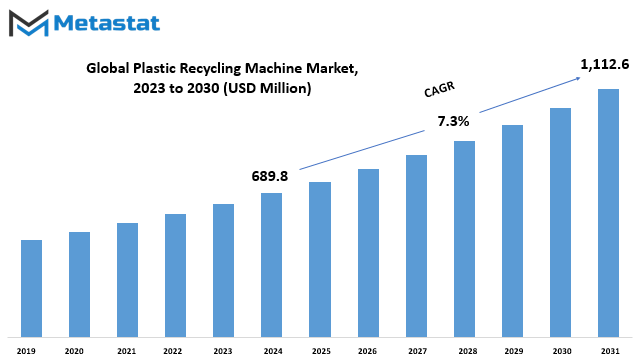
GROWTH FACTORS
The Global Plastic Recycling Machine market experiences growth driven by several key factors. The rising awareness of environmental sustainability and the increasing emphasis on reducing plastic waste contribute significantly to this growth. As the global community becomes more conscious of the environmental impact of plastic, the demand for recycling solutions, including machines, sees an upward trajectory.
Moreover, stringent regulations and government initiatives further propel the market forward. Governments across the globe are implementing measures to curb plastic pollution, creating a favorable environment for the adoption of plastic recycling machines. These regulations act as a catalyst, encouraging industries to invest in sustainable practices.
However, challenges exist that could potentially hinder the growth of the market. Economic constraints and the initial high cost of implementing recycling technologies may pose obstacles for some industries. Additionally, technological limitations and the need for skilled personnel to operate these machines can act as barriers to widespread adoption.
Yet, within these challenges lie opportunities for growth. Technological advancements addressing cost-efficiency and user-friendliness can mitigate the economic constraints and skill requirements. Continuous innovation in plastic recycling machines, making them more accessible and efficient, holds promise for overcoming existing hurdles.
The Global Plastic Recycling Machine market is influenced by a delicate interplay of factors. The surge in environmental awareness and regulatory support act as robust growth drivers. Simultaneously, economic constraints and technological challenges pose hindrances. However, as technology evolves and the industry adapts, these challenges present opportunities for the market to evolve and thrive in the years to come.
MARKET SEGMENTATION
By Type
In the Global Plastic Recycling Machine market, the types of machines employed play a pivotal role in shaping the industry landscape. Two primary segments, the Single Stage Plastic Recycling Machine and the Multi Stage Plastic Recycling Machine, delineate the choices available to industry players and consumers alike.
The Single Stage Plastic Recycling Machine, a dominant force in the market, commanded a substantial share of 47.3% in 2020. This signifies its prevalence and acceptance within the industry. The appeal of a single-stage process lies in its simplicity and efficiency, addressing the need for a straightforward solution in plastic recycling.
On the other hand, the Multi Stage Plastic Recycling Machine, valued at 296.5 USD Million in 2020, represents a more intricate approach to plastic recycling. This type involves a multi-step process, potentially offering advantages in handling a broader range of plastics or achieving higher purity in the recycled material.
Both types cater to distinct preferences and requirements within the plastic recycling landscape. The Single Stage Plastic Recycling Machine appeals to those who prioritize a streamlined and efficient process, while the Multi Stage Plastic Recycling Machine caters to applications demanding a more sophisticated approach.
These segments illustrate the diversity within the Global Plastic Recycling Machine market, providing stakeholders with options that align with their specific needs and operational preferences. The industry, fueled by such technological distinctions, continues to advance, ensuring a more sustainable approach to managing plastic waste on a global scale.
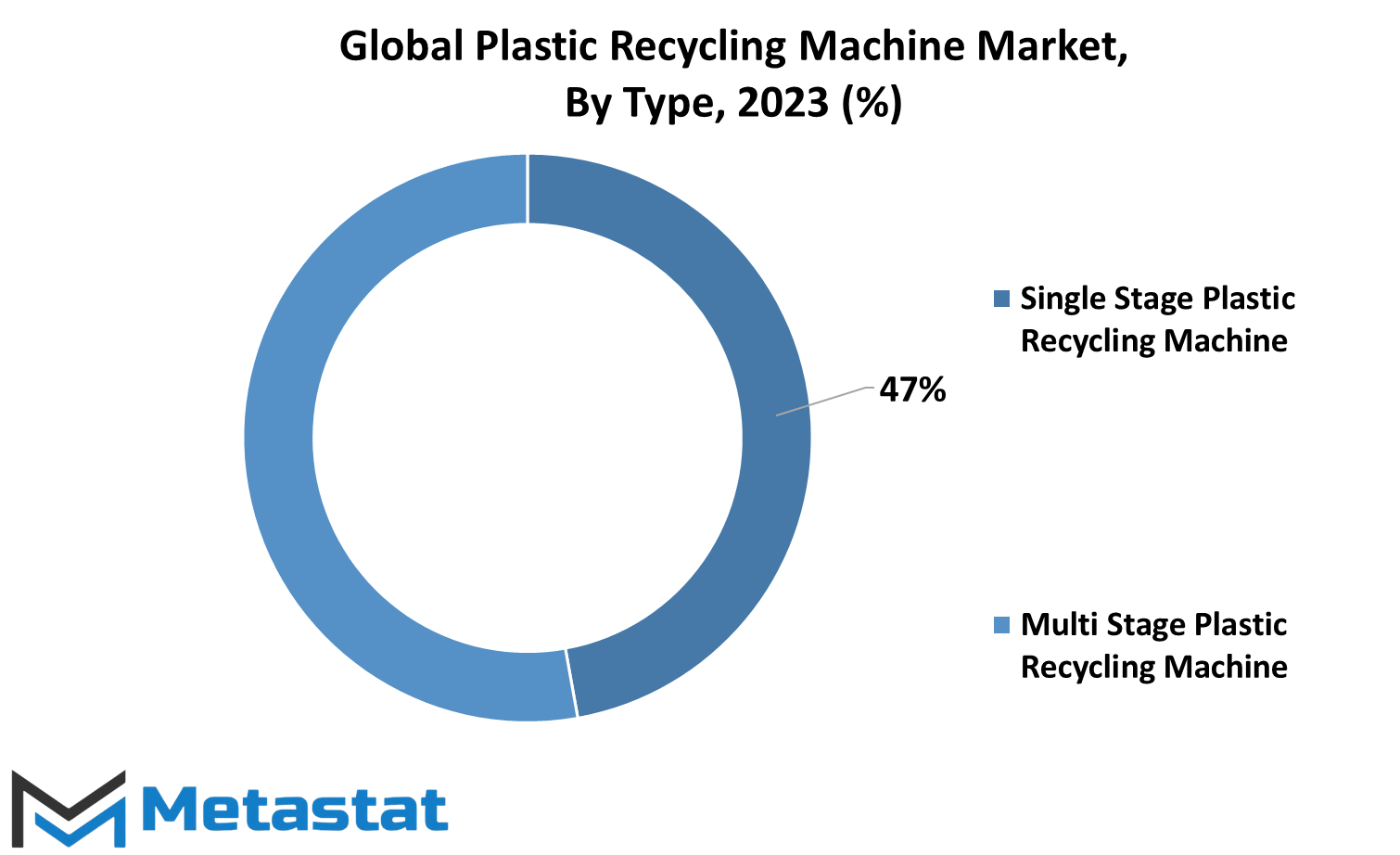
By Application
In the Global Plastic Recycling Machine market, applications emerge as pivotal factors, defining the diverse uses of plastic recycling technology. These applications play a significant role in steering the market’s trajectory, each catering to specific types of plastics.
Polyethylene terephthalate (PET) takes a prominent position, claiming a substantial share of 39.1% in 2020. This signifies its widespread use in the market, underscoring the demand for recycling solutions tailored to PET plastics. The Polyvinyl Chloride (PVC) segment, valued at 112.1 USD Million in 2020, reveals the importance of recycling machinery in dealing with PVC plastics, known for their versatility and wide-ranging applications.
Polyethylene (PE), with a valuation of 130.5 USD Million in 2020, further diversifies the application spectrum. PE, a common plastic type, finds its place in various industries, and the market reflects the need for efficient recycling methods for this material. The Polypropylene (PP) segment, valued at 77.7 USD Million in 2020, adds another layer to the market’s dynamics, highlighting the demand for recycling solutions tailored to this specific type of plastic.
The significance of these applications lies in their ability to address the challenges posed by different plastic materials. PET, PVC, PE, and PP represent a cross-section of the diverse plastic landscape, each with its unique properties and applications. By offering specialized solutions for these materials, the Plastic Recycling Machine market ensures a comprehensive approach to tackling the global plastic waste issue.
The Global Plastic Recycling Machine market, delineated by its applications, stands as a dynamic and responsive entity in the broader context of plastic waste management. From PET to PVC, PE to PP, the market strategically addresses the distinctive needs of various plastics, contributing to a more sustainable and environmentally conscious approach to plastic recycling.
REGIONAL ANALYSIS
The Global Plastic Recycling Machine market is geographically segmented to reflect its widespread influence. This segmentation considers major continents, with a focus on North America and Europe. These regions play key roles in the global landscape of plastic recycling, contributing significantly to the industry's dynamics.
In North America, the Plastic Recycling Machine market has established a robust presence, responding to the region's increasing emphasis on sustainable practices. The demand for recycling machinery is driven by a growing awareness of environmental concerns and the need to manage plastic waste effectively. As a result, the market in North America thrives on innovations in recycling technology and a supportive regulatory framework.
Similarly, in Europe, the Plastic Recycling Machine market experiences a strong foothold. European countries have been pioneers in adopting eco-friendly practices, and recycling is no exception. The demand for efficient plastic recycling solutions in Europe stems from stringent regulations and a proactive approach to environmental conservation. The Plastic Recycling Machine market in Europe is characterized by advancements in recycling processes to meet the continent's high standards of sustainability.
These geographical divisions underscore the global nature of the Plastic Recycling Machine market, reflecting the shared responsibility of nations in addressing the challenges posed by plastic waste. North America and Europe exemplify regions where environmental consciousness and regulatory initiatives shape the demand for cutting-edge recycling machinery, driving the ongoing evolution of the plastic recycling industry.
COMPETITIVE PLAYERS
In the Global Plastic Recycling Machine market, key players wield influence, shaping the industry's trajectory. Among these influential figures, two noteworthy entities stand out: EREMA Group and Boston Matthews. EREMA Group, a stalwart in the Plastic Recycling Machine industry, brings a wealth of experience and expertise to the table. Their impact resonates through their innovative solutions and commitment to advancing recycling technologies. With a focus on sustainability, EREMA Group plays a pivotal role in addressing the growing concerns related to plastic waste.
On the other side of the spectrum, Boston Matthews emerges as a significant player in the Plastic Recycling Machine market. Their contributions to the industry are marked by a dedication to precision and efficiency. Boston Matthews leverages cutting-edge technologies to streamline the recycling process, aligning with the global push for more sustainable practices.
These key players, EREMA Group and Boston Matthews, exemplify the dynamic nature of the Plastic Recycling Machine market. Their influence extends beyond mere participation; it signifies a commitment to driving positive change in how the world approaches plastic recycling. As the industry navigates challenges and opportunities, the roles played by these entities underscore the importance of innovation and expertise in shaping its future.
Plastic Recycling Machine Market Key Segments:
By Type
- Single Stage Plastic Recycling Machine
- Multi Stage Plastic Recycling Machine
By Application
- Polyethylene terephthalate (PET)
- Polyvinyl Chloride (PVC)
- Polyethylene (PE)
- Polypropylene (PP)
Key Global Plastic Recycling Machine Industry Players
- EREMA Group
- Boston Matthews
- Starlinger Group
- NGR
- Matila Industrial
- Kowin Yang Industrial
- Hikon India
- Doll Plast
- B+B Anlagenbau
- Genius Machinery
- Vecoplan
- Polystar Machinery
WHAT REPORT PROVIDES
- Full in-depth analysis of the parent Industry
- Important changes in market and its dynamics
- Segmentation details of the market
- Former, on-going, and projected market analysis in terms of volume and value
- Assessment of niche industry developments
- Market share analysis
- Key strategies of major players
- Emerging segments and regional growth potential



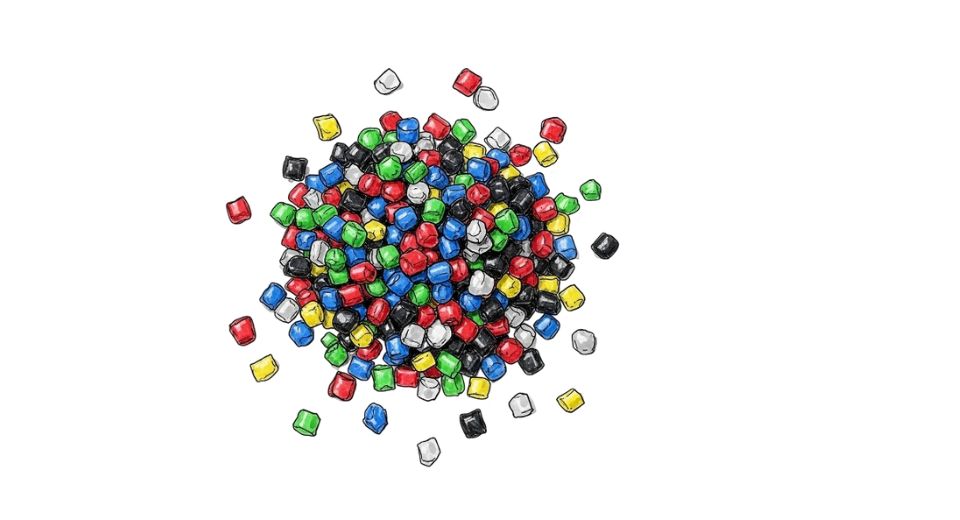
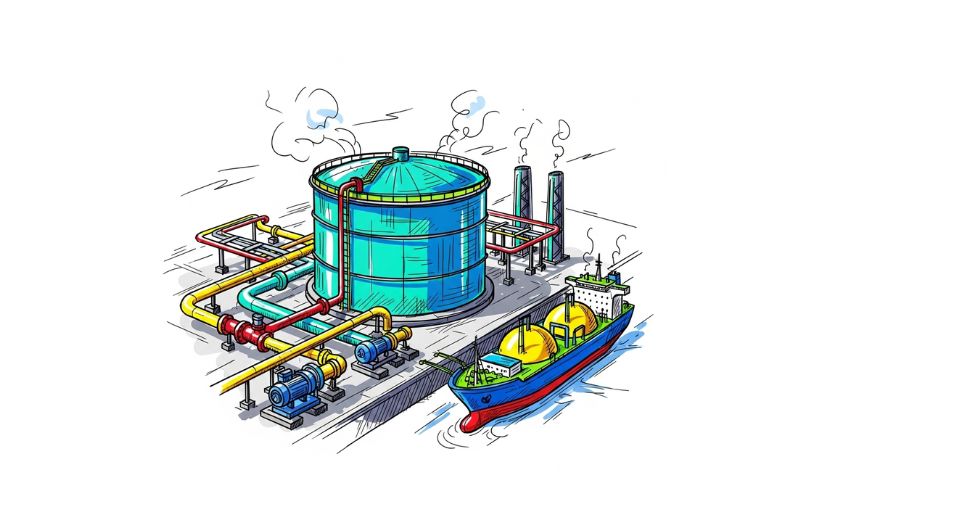
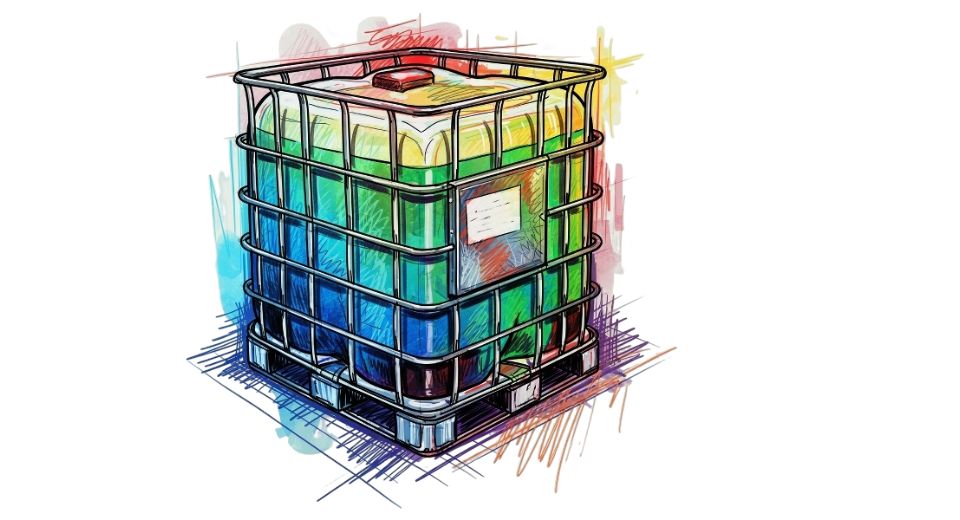
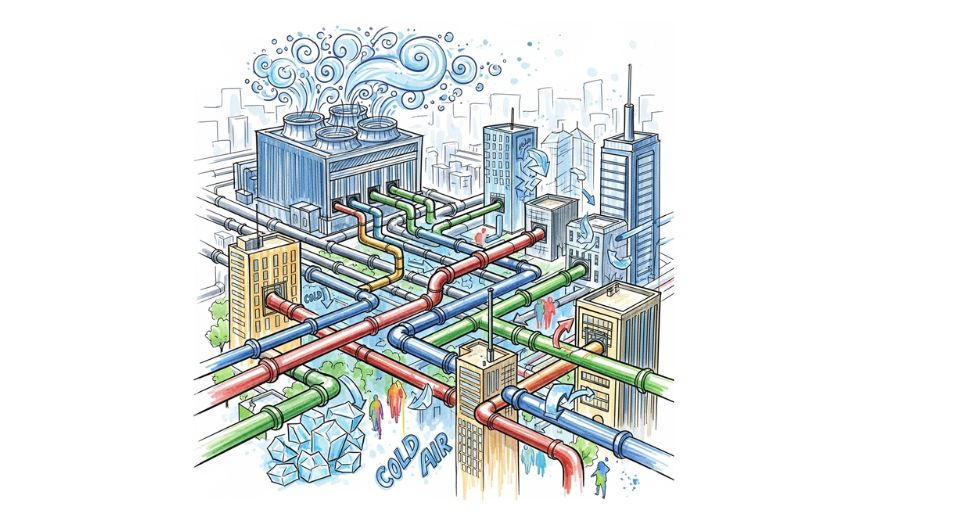

 US: +1 3023308252
US: +1 3023308252






